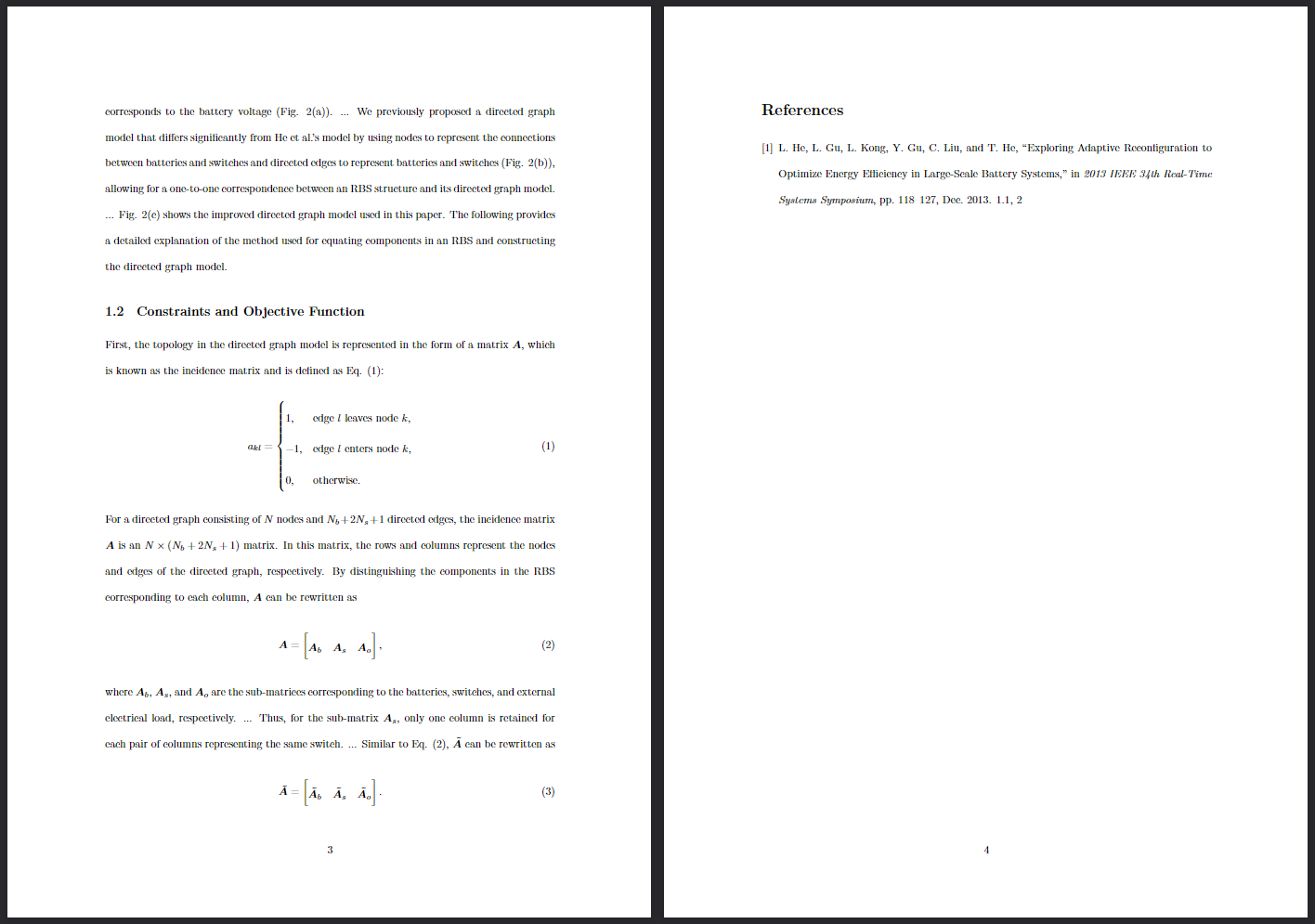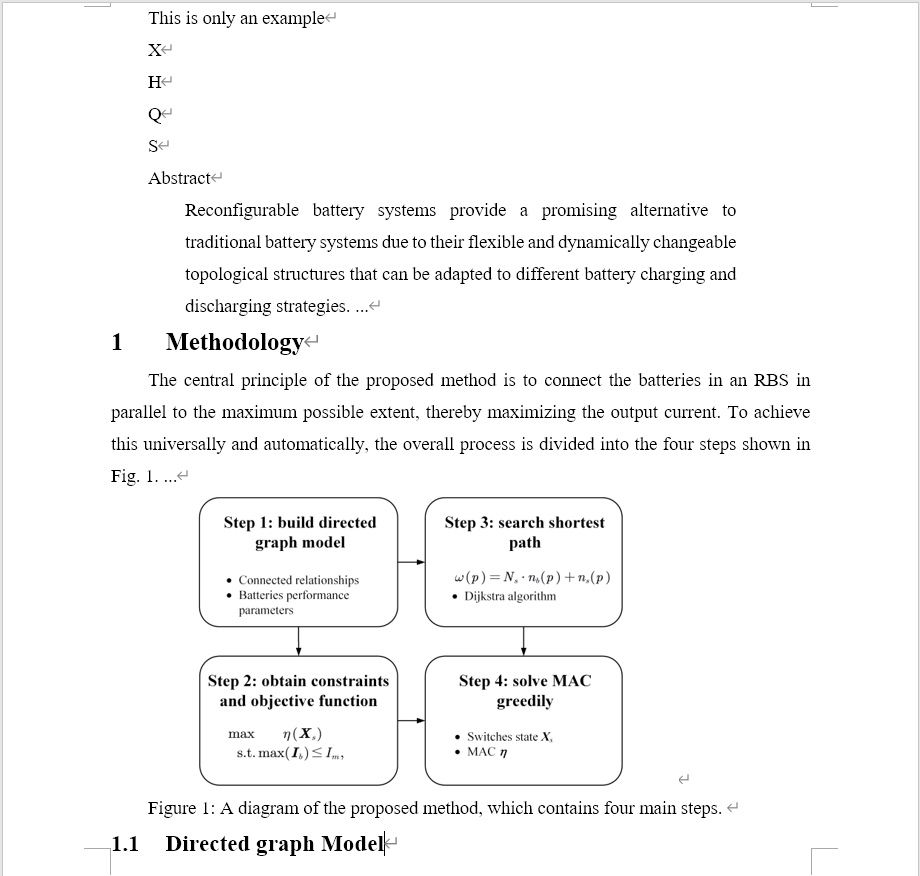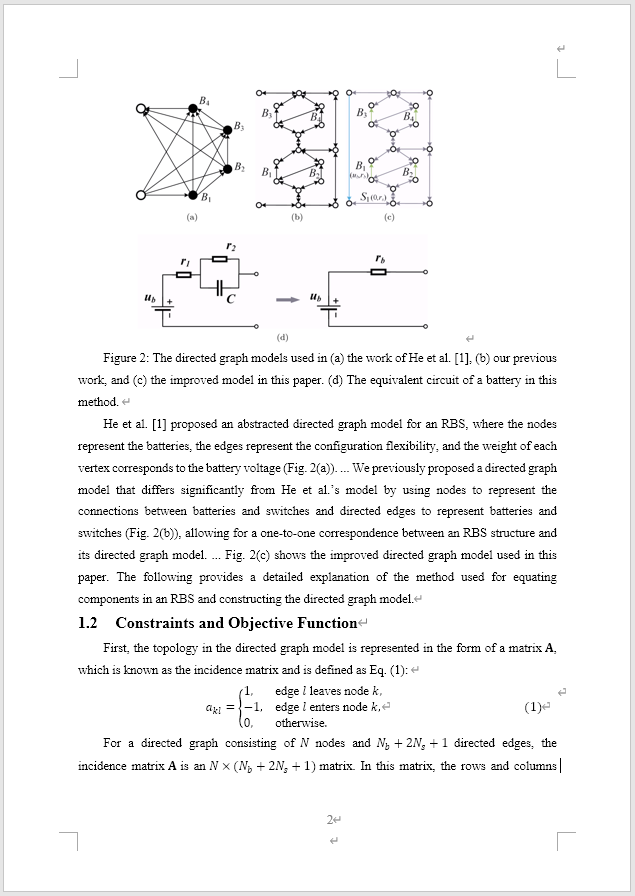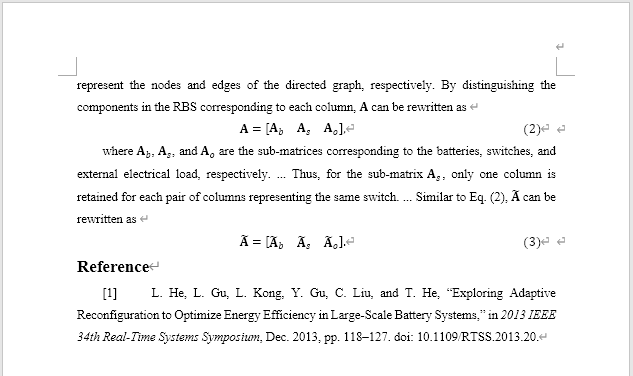Latex2Word Conversion Tool
From LaTeX to Word: An Automated Conversion Tool
LaTeX is commonly used in academic and technical fields for document typesetting, especially for handling equations and cross-references. Since LaTeX files are plain text, they are easy to manage, migrate, and control via versioning systems. However, in day-to-day work, supervisors or colleagues who are unfamiliar with LaTeX often require Word documents for easier collaboration and review. To simplify this process, I developed a tool that automatically converts LaTeX documents into Word format.
Repository: Mingzefei/latex2word (github.com)
Motivation, Challenges, and Solutions
The motivation for this project was simple: I needed a tool to convert LaTeX documents into Word format. While strict formatting was not required, the result needed to be readable, with correctly imported images and cross-references. The Pandoc tool can convert LaTeX (.tex) files to .docx format, but the output is often rough, particularly when handling equation numbering, cross-references, and subfigures. This meant that every conversion required significant manual formatting and reference adjustments, which was inconvenient.
Handling Equations and Cross-References
Pandoc-Crossref, a third-party filter for Pandoc, handles cross-references well but does not support equation references (Equation numbering in MS Word · Issue). The key to solving this was using Lua filters, with inspiration from a script provided by Constantin Ahlmann-Eltze here, which effectively managed equation numbering and cross-referencing.
Handling Subfigures
Pandoc struggles with importing subfigures from LaTeX files. To address this, I converted the LaTeX subfigure code into a single large PNG image (by extracting multiple image-only LaTeX files and using LaTeX’s built-in convert and pdftocairo tools for compilation). I then replaced the original subfigure code with these images, allowing proper import of subfigures into the Word document.
Case Study
The compiled LaTeX file looks like this:


The converted Word document looks like this:



Appendix
Key Pandoc Command
pandoc texfile -o docxfile \
--lua-filter resolve_equation_labels.lua \
--filter pandoc-crossref \
--reference-doc=temp.docx \
--number-sections \
-M autoEqnLabels \
-M tableEqns \
-M reference-section-title=Reference \
--bibliography=ref.bib \
--citeproc --csl ieee.csl
Explanation of key parameters:
--lua-filter resolve_equation_labels.luaprocesses equation numbering and cross-references, inspired by Constantin Ahlmann-Eltze’s script;--filter pandoc-crossrefhandles non-equation cross-references;--reference-doc=my_temp.docxgenerates a Word document based on the style defined inmy_temp.docx. The Mingzefei/latex2word repository provides two templates:TIE-temp.docx, which is the TIE journal’s Word submission template (double-column), andmy_temp.docx, which is a personal single-column template optimized for annotations;--number-sectionsadds numbered headings to sections and subsections;-M autoEqnLabelsand-M tableEqnshandle numbering for equations and tables;-M reference-section-title=Referenceadds a “Reference” title to the bibliography section;--bibliography=my_ref.bibgenerates a bibliography fromref.bib;--citeproc --csl ieee.cslensures that the references are formatted according to the IEEE citation style.
References
- Pandoc Official Documentation
- Pandoc-Crossref Official Documentation
- Latex to Word Conversion with Pandoc | const-ae
Postscript
There are two types of people in the world: those who use LaTeX and those who don’t. The latter often ask the former for Word documents. Thus, this one-line command was born:
pandoc input.tex -o output.docx\
--filter pandoc-crossref \
--reference-doc=my_temp.docx \
--number-sections \
-M autoEqnLabels -M tableEqns \
-M reference-section-title=Reference \
--bibliography=my_ref.bib \
--citeproc --csl ieee.csl